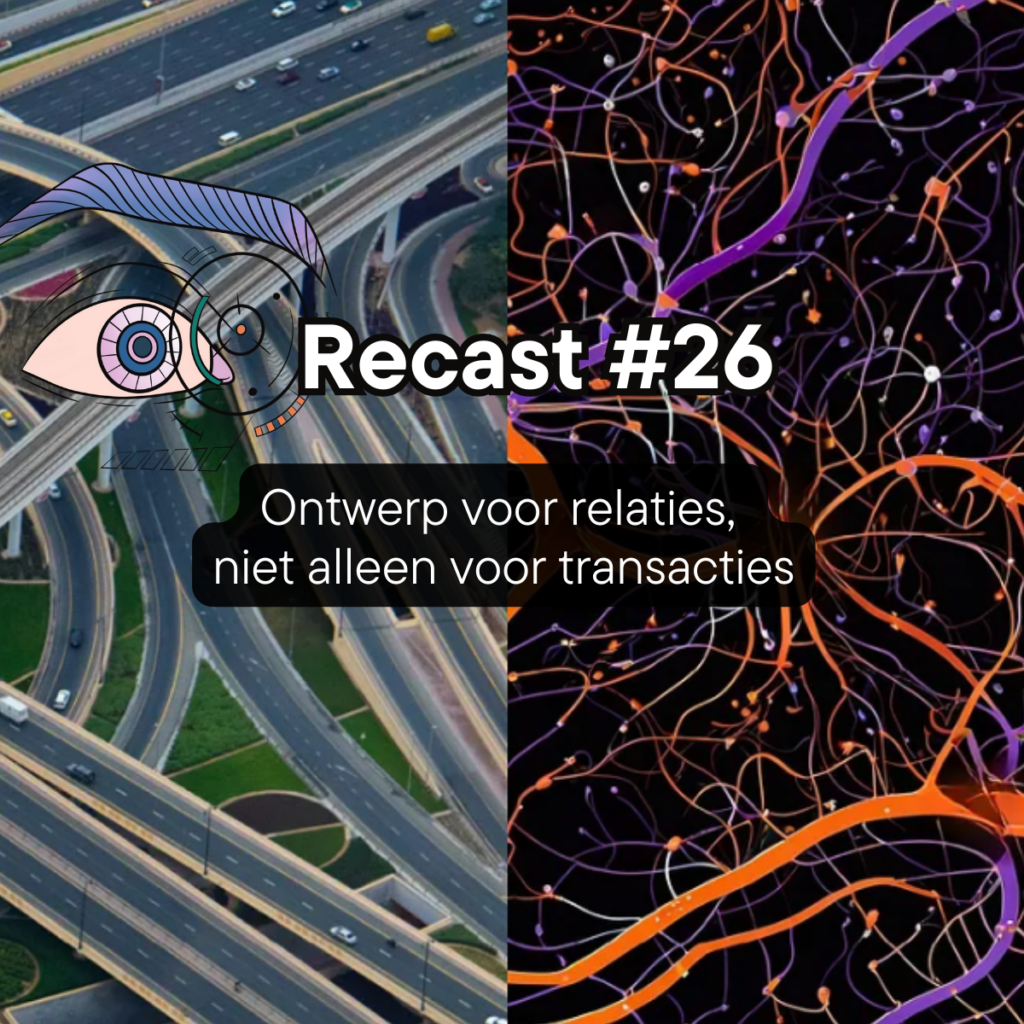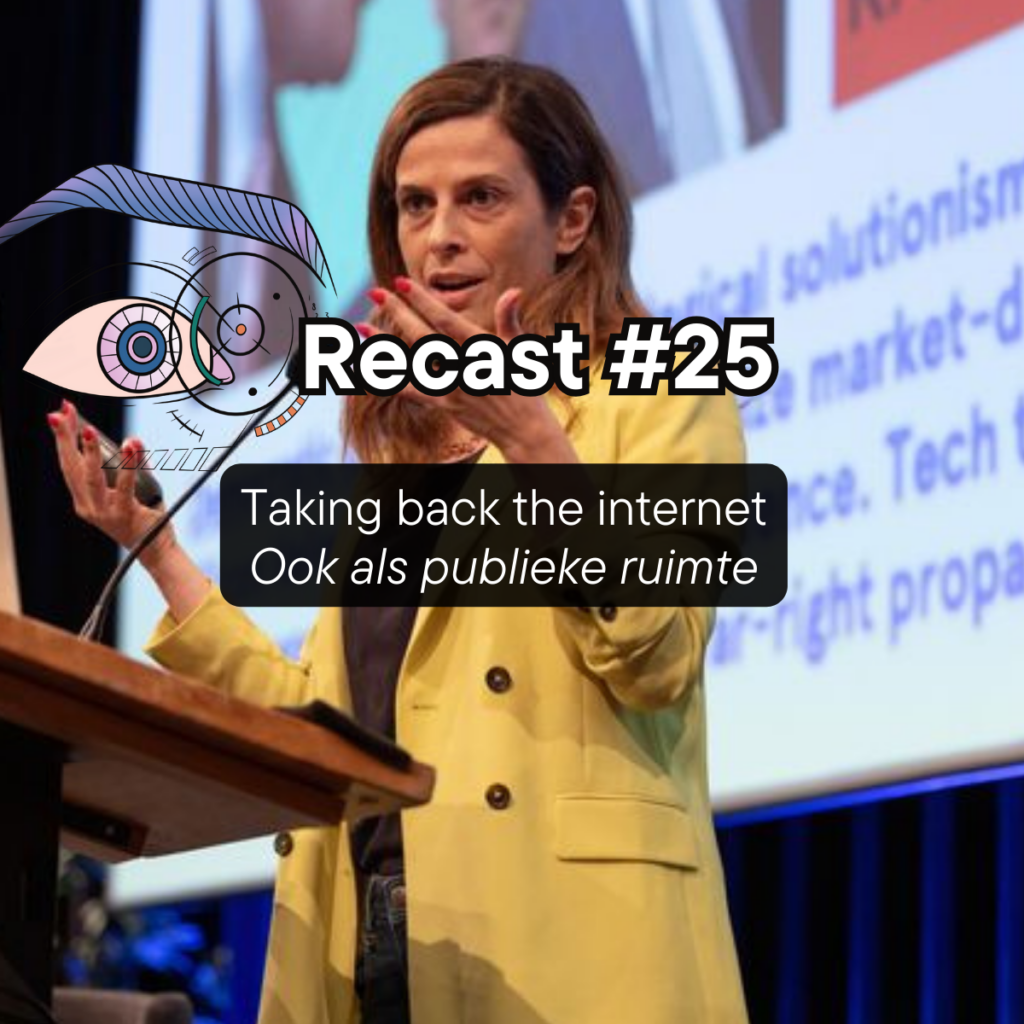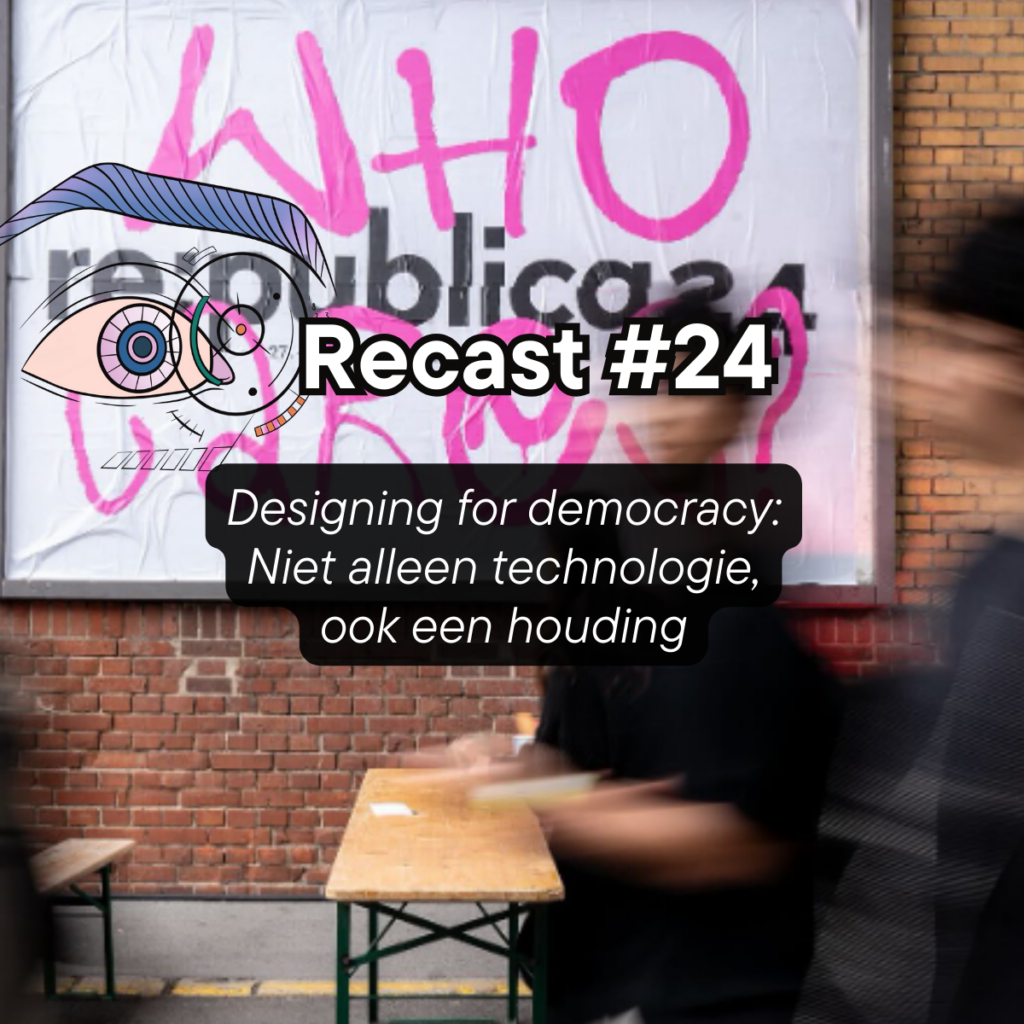Article
What we think of Single-Use Plastic: Behavioural Psychology and Sustainable Marketing
We all know we should be more sustainable. We’ve all seen the scary graphs and jaw-dropping statistics surrounding climate change. And yet, most of us still use single-use plastic, take unnecessary long-haul flights, and make unsustainable choices, even when we know we’re wrong. What gives? And how can we market authentically sustainable products given this cognitive dissonance?
The psychology behind (un)sustainable behavior is multi-faceted, involving a variety of physical and psychological barriers. By taking a look at the subconscious thought process that underlies these barriers, we can learn how to successfully create a sustainable digital product that users will actually engage with, time and time again.
As part of my Digital Society School team’s project, we’re tackling (un)sustainable behavior in the form of food packaging waste produced on the campuses of the University of Amsterdam and Amsterdam University of Applied Sciences campuses. You can find more information about our project and check in on our progress on our instagram page. In the research phase of this project, my team and I extensively investigated the psychological motivations behind (un)sustainable behavior. Here’s what we found out, and what it means for marketing your sustainable product:
Physical Barriers to Sustainability
The physical barriers to sustainability tend to be the most obvious. Sustainable options, particularly plant-based and organic foods as well as plastic-free options in stores are often more expensive than their conventional counterparts. On a psychological level, this perception can also become a misconception that sustainable alternatives are always more expensive than non-sustainable alternatives: 4 in 5 consumers believe that eco-friendly options are always more expensive than less sustainable options. Inadequate infrastructure like the accessibility and quantity of recycling bins can also influence people’s willingness to recycle.
Psychological Barriers to Sustainability
Psychological barriers to sustainability may not be as outwardly obvious as physical barriers, but they arguably play a bigger role. Two major psychological factors come into play when we talk about the psychology of unsustainable behavior: numbness and risk mitigation.
In Northern Europe and much of the Western world, climate change still feels like a very abstract and distant phenomenon. As such, many Western users feel a “numbness” towards the concept of climate change, and thus often feel unmotivated to take action. This also results in users undervaluing current risks, as they currently lack tangible impacts of climate change in their daily lives. This can create a vicious cycle, as a lack of action leaves social norms unchanged, minimizing people’s willingness to change in the future.
Even among individuals who are aware of the impacts of climate change, risk mitigation still often creates a psychological barrier to behavioral modification. People are hesitant to trust habit changes that they perceive as either risky or as less effective than their current choices, regardless of their level of sustainability. Financial risks, social risks, and temporal risks (also known as the sunken cost fallacy) are considered especially difficult to overcome in the realm of sustainable marketing.
Combined, these tendencies encourage the average person to exhibit little in the way of pro-environmental behavior. But we do know there are people out there who strive for sustainability — why do they succeed where so many others fail?
Motivations for Pro-Environmental Behaviour
Several psychological theories exist to explain pro-environmental behavior, including the Theory of Planned Behaviour (TPB), Norm-Activation Theory (NAT), and Value-Belief Norm Theory (VBNT), among others.
TPB, NAT, and VBNT all rely on personal attitudes and feelings, such as social norms, values, and beliefs. As such, people who exhibit altruistic behaviors in their personal life tend to more consistently perform sustainable behaviors, even when these behaviors involve personal sacrifice. This attribute is related to genetics — studies have discovered that especially-altruistic individuals tend to have larger amygdalas, the brain’s emotional processing units. Self-perceived personal security surrounding finances, social status, and stability also play a large role, as they let people feel more comfortable taking risks and changing their behavior. In short, someone who feels more stable and confident is more willing to dive into the deep end.
Habit Shifting
Consistent sustainability relies heavily on people’s ability to turn short-term behavioral change into long-term habits, which is a more daunting task than one might expect. There are two primary modes of thinking when conceptualizing habit shifting: nudges and friction.
Nudges are subtle changes in communication surrounding a product or an action, and take advantage of the heuristic ways in which people make decisions, primarily based on an option’s visibility and framing. An example of a nudge is the food delivery app UberEats making the inclusion of disposable cutlery with your meal opt-in rather than the default option, quietly encouraging users to reduce their single-use plastic consumption.
Studies have shown nudging to be relatively successful in promoting small-scale behavioral changes, more so than modest financial incentives or scare tactics. However, critics of nudging suggest that it can lead to altruism fatigue: people tend to reduce their support for large, collective environmental measures after performing multiple small shifts prompted by nudging, meaning that its outcomes tend to be modest at best.
Friction, on the other hand, is a more overt method of habit shifting and involves making conventional, unsustainable choices less desirable or inconvenient to encourage users to switch to sustainable ones. Friction is considered by some to be more effective than nudging in that it not only makes the sustainable action attractive, but also simultaneously makes the conventional action unattractive. In the words of HvA lecturer Reint Jan Renes, “no one gets up from a comfortable sofa…to sit on a wooden stool”. Using a combination of friction and nudging would create the most comprehensive method for habit shifting.
Sustainable Marketing
So, what do all of these concepts mean for marketing sustainable products? The resounding themes surrounding sustainable marketing and the framing of sustainable products involve minimizing perceived risk and connecting to people’s desire for self-development and self-improvement.
Consumers are strongly opposed to (temporary) sacrifice, even if it could mean a net gain in the future. This phenomenon can have tough implications on sustainable products: people tend to avoid compromising on product effectiveness or price for sustainability purposes, even if the behavioral adjustment is relatively minor in comparison with long-term environmental savings.
Minimizing the perceived risk of switching to a sustainable alternative can be addressed by ensuring that sustainable alternatives are presented as both reliable and high-performance. In particular, playing up a product’s strong suit in areas where it may be expected to be less effective than its unsustainable counterpart is important — pose the eco-label as an added benefit on top of an already-effective product.
The other crucial tactic for sustainable marketing is to frame the proposed sustainable behavioral change as tying into the users’ self-concept. In other words, ensure your product is something that consumers see as an essential part of the switch to a sustainable lifestyle. This allows users to build up an emotionally-motivated desire to purchase your product in order to change their self-image to a more ethical and altruistic one. Building a movement and marketing your product as part of a movement larger than itself also appeals to people’s desire for self-fulfillment.
When combined, these methods can convince users that going eco-friendly is not only an easy switch, but also one that they’ll want to make — something that’s good both for your product and the environment.
Lanie Preston is a data and environmental scientist, currently a trainee at the Digital Society School. She is working on the ‘decreasing waste through behavioral change‘ project in the Systems for Sharing track. This article can also be found on Medium.


